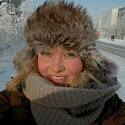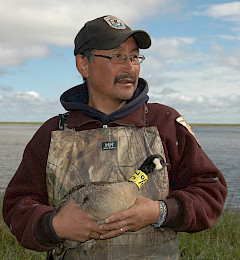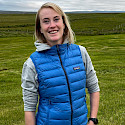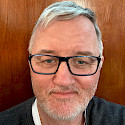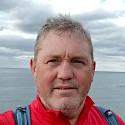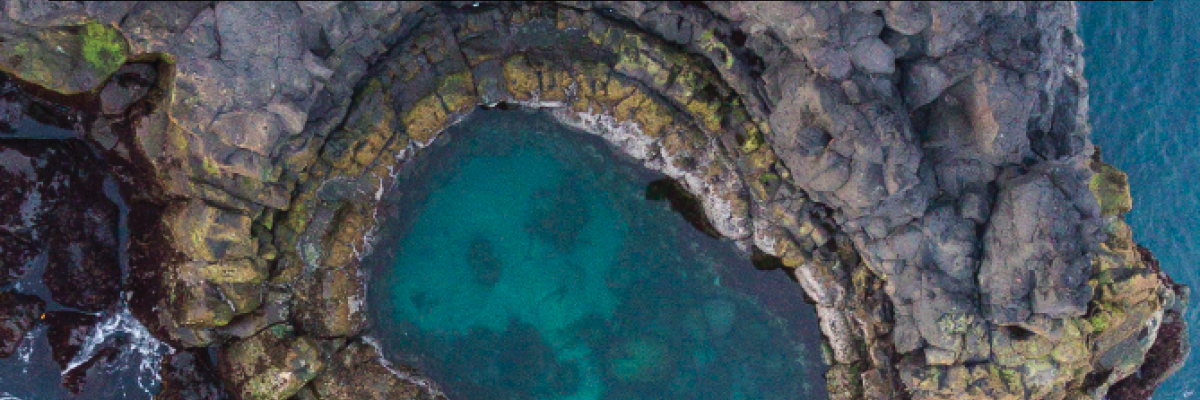
Nordic Coastal Monitoring Workshop Report Released
2024-01-02
In 2019 CAFF published the first Arctic Coastal Biodiversity Monitoring Plan (ACBMP) (Jones et al. 2019), which describes a long-term, integrated, multi-disciplinary approach
utilizing science, Indigenous Knowledge, and local knowledge sources. In the ACBMP the focus is on Arctic coastal ecosystems (coastscapes) which include areas
within the Arctic region that meet and interact in complex ways and support a wide spectrum of the Arctic coastal biodiversity. User-driven monitoring questions, regional ecosystem understanding and available knowledge was used to select key monitoring indicators for the coastscapes – the Focal Ecosystem Components (FECs). FECs are groups of ecologicallyrelated
coastal species that are considered together to permit international reporting on trends, pressures and drivers of coastscapes biodiversity.
In 2020 the Coastal Group published its Implementation Plan (CAFF, 2020) which describes the next steps to implementing the ACBMP where the current priority of the group was identified for four projects;
- Project 1: Establish Coastal Expert Networks for Each Arctic Coastal State
- Project 2: Coastscape Map Layer and Report
- Project 3: Geospatial Metadata Map Layers
- Project 4: Reporting
The focus of the workshop and work of the Nordic group was primarily on advancing projects 2 and 3. Thus, Iceland, Norway and Kingdom of Denmark have through a coordinated process advanced;
- Project 2 by using existing data, habitat maps, geomorphological data, photographs and, in the case of Greenland, an oil spill sensitivity atlas series, published from 2000 to 2022, to generate coastscape maps classified by coastscape in accordance with CBMP Coastal Monitoring Plan.
- Project 3 by developing a standardized metadata template (Appendix 1), for identifying knowledge locations on Arctic Coastal Ecosystems applicable for different knowledge systems. The template is intended to identify locations for Indigenous Knowledge, Scientific, Hunters Knowledge, Local Knowledge and Community based monitoring. As a first step to populate the template, a considerable amount of data has been gathered identifying long term scientific monitoring that has been running for more than 5 years and is likely to be sustained.
These efforts are described in chapters 3 and 4. This workshop report and datasets containing the coastscape map and the metadata template (Appendix 1) will be published on the Arctic Biodiversity Data Service with the release of this report. The dataset containing monitoring locations is undergoing quality assurance and will be published in phase 2. The outcomes of this work will be shared with the CBMP Coastal Group as input into future efforts of the group.
Projects
Experts
-
Sunna Björk Ragnarsdóttir
CBMP Terrestrial Steering Group, Co-lead. CBMP Coastal Steering GroupIceland
 Arctic Council Working Group
Arctic Council Working Group 